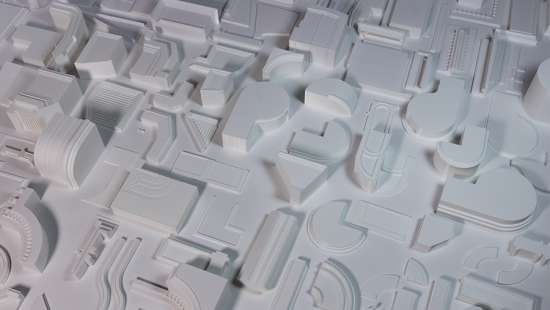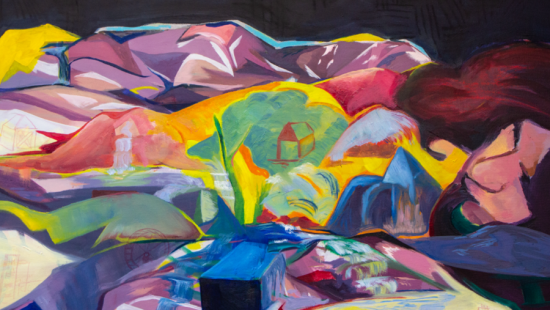The Space of a Silence

In the preface to his 1961 book Madness and Civilization, Michel Foucault posits that since after the Renaissance, the mad, the marginalized others, the undesirables, have fallen through the cracks of history due to the rupture of dialogue between them and the reasonable. This has created a silence. It is by looking at this silence and the non-said within history that the mad — the ones who "have never been poetry" — can be defined and understood.
Like Foucault's archaeology, the aim here is not to expose the history of knowledge, but to trace some rudimentary movements of an experience. Drawing from thinkers such as Jean Genet and Roland Barthes, as well as more contemporary scholars like Didier Eribon, E. Patrick Johnson, and Sara Ahmed, this exhibit explores codes and non-verbal language shared by those others.
If you know, you know. There is no attempt to translate the language of silence into an audible one. Instead, this exhibit gives physical space to an experience of belonging, in its own language. This is one way of materializing what Patrick Chamoiseau calls a sentimenthèque: the collection of imaginary spaces and affective libraries that the dominated others use not only to define their identity but also as a way to escape the colonization of their spirits.
The Space of A Silence is by no means the only or correct way to give these experiences spatial form. It is a point of view, a snapshot of experience, among multitudinous others. It is messy, imperfect, personal, mad, and necessary. In Eribon's words, this "might not be 'spectacular'; perhaps it is limited to modest contributions through books, partial or unfinished gestures, barely perceptible movements. But its effects are profound."
The Space of A Silence is curated by teaching associate Alex Mecattaf (M.Arch. '18) with works by Jordan Berta (M.Arch. '16), Hallie Black (B.Arch. '19), Maddy Eggers (B.Arch. '19), Evan McDowell (B.Arch. '19), and Alex Mecattaf (M.Arch. '18).





